Four tourist routes lead through the city of Weiden!
The city of Weiden i.d.OPf. Iies on four well-known tourist routes. Experience the different tourist routes and discover the diversity and variety of Weiden, the city of Max Reger.
Discover the “Porzellanstraße”!
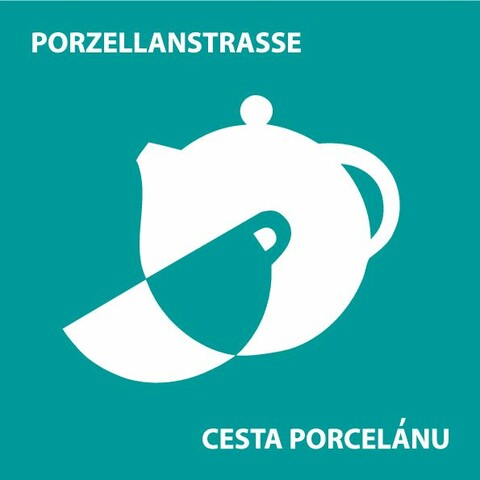
![[Translate to Englisch:] Internationale Keramik-Museum Weiden](/fileadmin/_processed_/8/3/csm_Internationales_Keramik-Museum_Weiden_Geschirrdesign_2c9cb20cca.jpg)
The “Porzellanstraße” stretches for 342 miles through northeastern Bavaria, connecting up the tourist regions of the Upper Palatinate Forest, Fichtel Mountains, Franconian Forest, Coburger Land, Oberes Maintal, and Steigerwald.
On the “Porzellanstraße”, discover three centuries of the history of porcelain, and the rich variety of the home of white gold. Porcelain is ever-present in the cities of Bamberg, Bayreuth, Selb, and Weiden, and in several other places as well. Many museums, factory outlets, specialist stores, and factories show the diverse range of white gold.
World-famous brands like Seltmann Weiden, Bauscher, Rosenthal, and Hutschenreuther remain true to the tradition of porcelain manufacture to this day. Several museums illustrate the achievement from a cultural and historical standpoint – from its origins through to the lifestyle products of the 21st century. Observe the everyday lives of the workers in the porcelain factories through the ages, and discover this natural material – its shape and use, its form as a robust work of art, and its stylish design. Let the richness of the variety of porcelain inspire you.
Museum tip: International Museum of Ceramics in Weiden.
Historical background of the “Goldene Strasse” in Bavaria and Bohemia
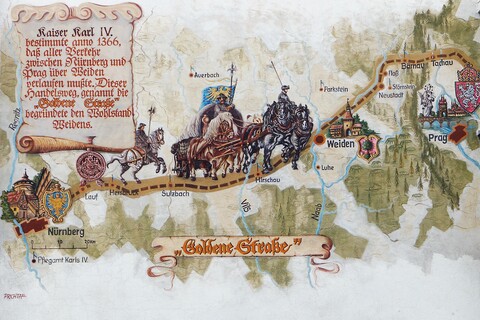
The “Goldene Strasse” tourist route dates back to Charles IV, Holy Roman Emperor (1316 – 1378). Charles IV, Holy Roman Emperor, secured large regions of the Upper Palatinate through marriage, purchase, exchange, pledges, and inheritance, and joined these to the Bohemian Crown as an independent territory in 1355. His aim was to create a land bridge between his country of origin, Bohemia, and the imperial territories around Nuremberg.
The route from Nuremberg to Prague was therefore to lie in Bohemian territory alone and was thus laid down precisely: Nuremberg – Erlenstegen – Rückersdorf – Lauf – Hersbruck – Sulzbach – Hirschau – Kohlberg – Etzenricht – Weiden – Altenstadt an der Waldnaab – Neustadt an der Waldnaab – Püchersreuth – Plößberg – Bärnau – Tachau – Mies – Pilsen – Beroun – Prague.
Charles IV, Holy Roman Emperor, declared this route an imperial road and ordered the Bohemian kings to use this route alone to travel to parliament and the imperial elections. He forbade them from using the alternative route, which ran from Hirschau via Wernberg, Leuchtenberg, Waidhaus, and Pfraumberg, as the majority of it led through the territory of the Landgraves von Leuchtenberg.
“Glasstrasse” connects Upper Palatinate Forest and Bavarian Forest
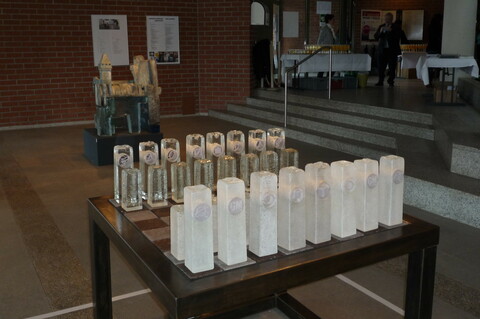
The “Glasstrasse” in East Bavaria is about 155.3 miles long and leads from Neustadt an der Waldnaab right through both the Upper Palatinate Forest and the Bavarian Forest all the way to Passau.
The focus of this route is the fascinating material of glass, which has a long cultural history in this glass region steeped in tradition. Along the glass route you will find numerous glassworks and glass manufacturers that showcase their craftsmanship. Imagination, color, art, technology, culture, history, and modernity – glass combines it all. You can also find out about the historical significance of this graceful material in glass galleries and museums.
Due to regular exhibitions held in Weiden on the theme of art and glass in Bavaria and Bohemia, glass art is becoming an international connection that draws the countries together like a magnet.
Goethe’s Italian Journey
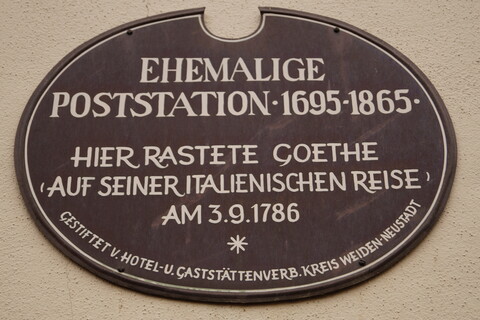
The route known as the “Goethe-Strasse” is based on Goethe’s notes from his book “Italian Journey”. The journey began on September 3, 1786, in Karlovy Vary in the Czech Republic and took him through Old Bavaria and on to Trentino, Verona, Venice, Rome, and beyond.
One of the places he stopped at on his journey from Karlovy Vary to Rome was Weiden in der Oberpfalz. “I was in Weyda at half past eight.” Goethe only rested briefly in the town of Weiden – staying the night at the plain and comfortable "Gasthof Adler” in Oberer Markt and changing horses.
The former inn still has a plaque today commemorating Goethe’s visit to Weiden. You can find this notice at Oberer Markt 9 right next to the shoe store.




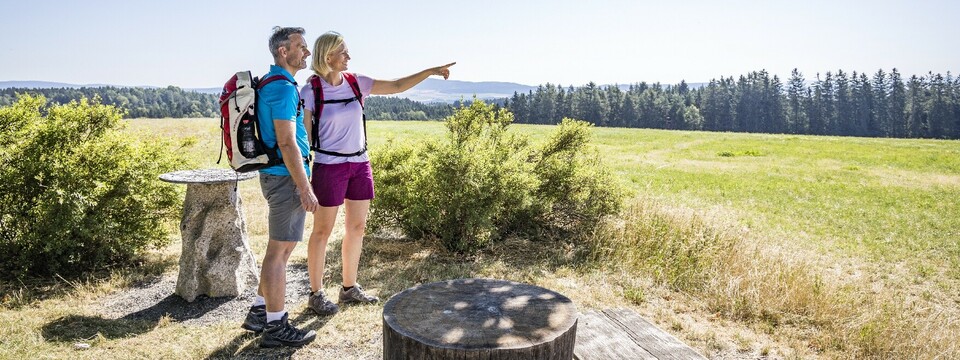
 weiden.de
weiden.de
Data privacy Liability Legal notice